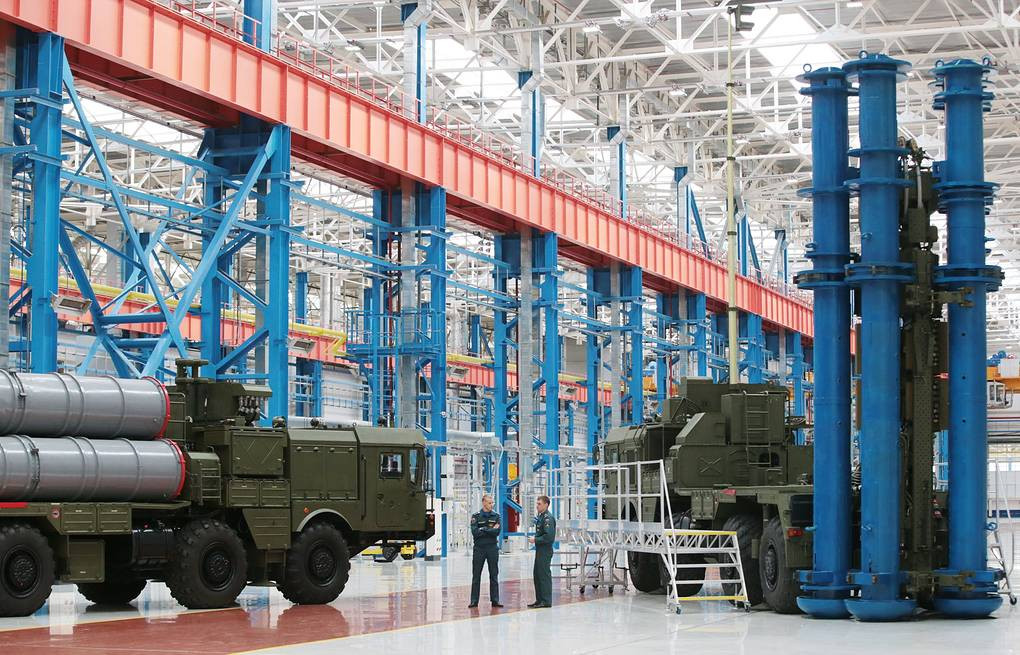Workforce problems, particularly in defense production, have limited the pace of weapons production and weakened Russia's ability to sustain the conflict in Ukraine.

Russian Deputy Prime Minister Denis Manturov recently announced that 520,000 workers have been added to the country's military-industrial complex since the beginning of 2023, although he admitted that the sector is still short of 160,000 employees.
But these estimates do not fully reflect the complexities of replacing retiring personnel while maintaining the size of the workforce, said Dr. Pavel Luzin, a lecturer at the Fletcher School of Law and Diplomacy at Tufts University, an international relations expert, and an expert on the Russian armed forces. The deficit may be more serious than Manturov admits.
Dr. Luzin said that labor problems, especially in defense production, have limited the pace of weapons production and weakened Russia's ability to sustain the conflict in Ukraine.
Specifically, last June, Mr. Manturov, Russia's Deputy Prime Minister in charge of industry, announced that Russia's military-industrial complex had recruited 520,000 workers, engineers and other personnel since the beginning of 2023. He added that more than 850 private companies have become part of Russia's industrial development and production.
But Mr Manturov admitted that there was still a shortage of 160,000 workers in the sector. In June 2022, Mr Manturov’s predecessor, Yuri Borisov, estimated the labor shortage in Russia’s arms industry at 400,000, including 120,000 engineers.
These official statements highlight the continuing shortage of workers and technical expertise that continues to plague Russian defense production. The labor crisis may have been exacerbated by losses in the war with Ukraine and could undermine Moscow’s ability to wage and sustain a protracted conflict.
Official Russian statements are intended to convey that the current deficit is not an insurmountable problem. However, the reality is much more complex. The deficit in the workforce is growing and is far from being filled. The main challenge for Russian industry is to replace older and retired personnel with new ones in order to maintain the current size of the workforce without losing important technical expertise and experience. The shortage of personnel places objective constraints on the pace of weapons production.
Before 2022, official statistics showed that 1,355 units with about 2 million employees made up Russia's military-industrial complex, including 1.4 million employees directly involved in weapons production. These official figures have remained relatively stable over the past decade. However, during the "partial" mobilization in 2022, only 830,000 employees in the military-industrial complex and other related industries were exempted from both mobilization and military service.
Thus, the actual number of personnel in Russia's military-industrial complex can be estimated at 1.6 million employees by the beginning of 2023, without distinguishing between weapons production and the production of civilian goods. In short, Borisov's assessment of the labor shortage is relatively accurate.